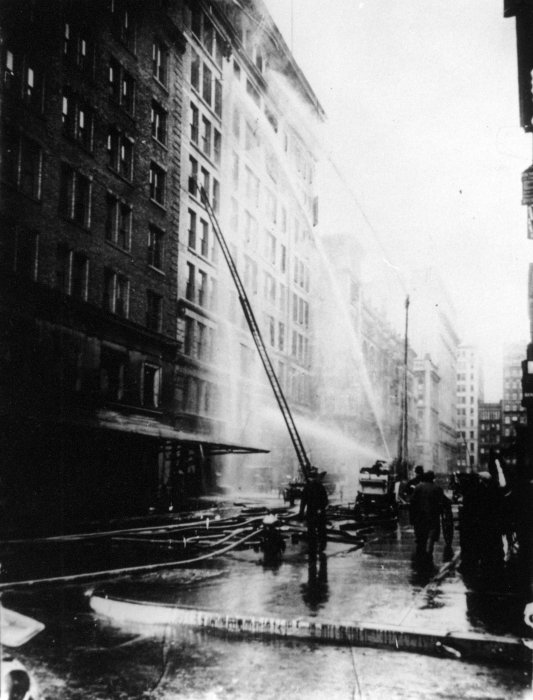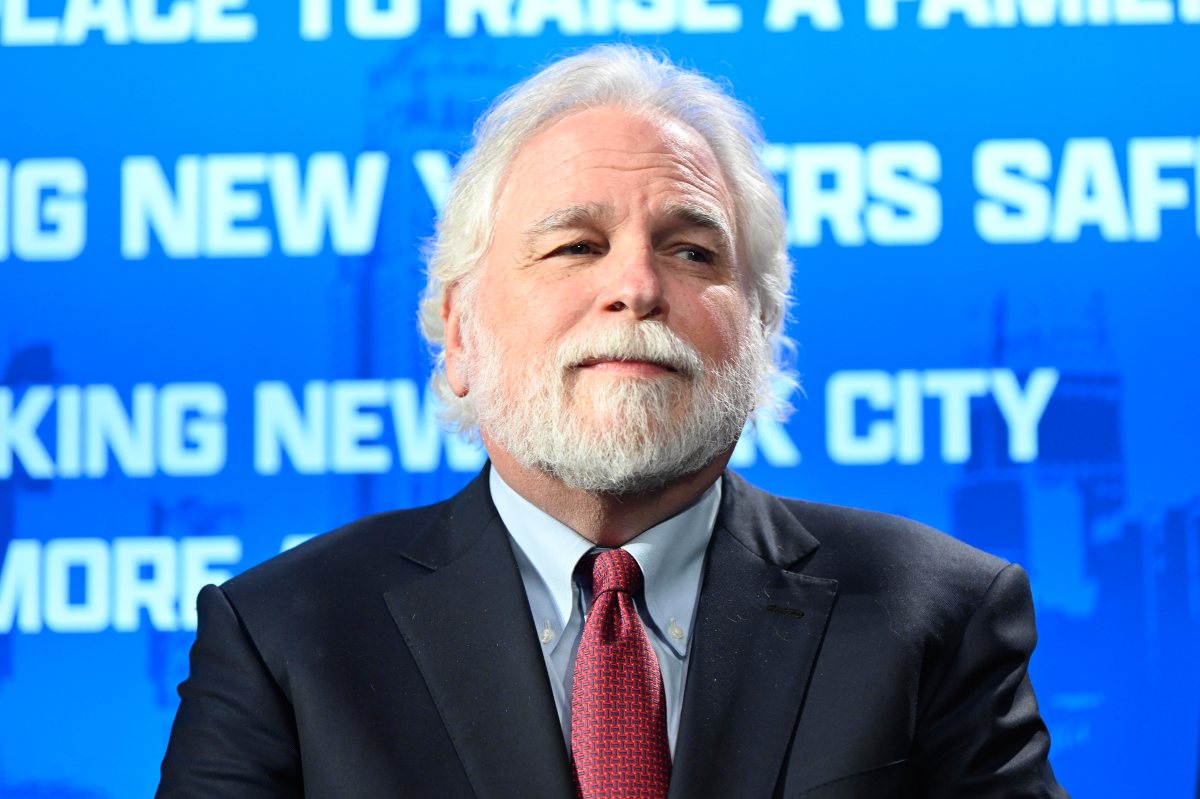Anyone who has witnessed the coal extraction process known as mountaintop removal (MTR) has been shocked. The name is perfectly descriptive—tops of mountains are blasted away and bulldozed into valleys to expose underlying coal seams that can be cheaply and efficiently extracted. MTR is violence and destruction on a scale we associate with war, not industrial activity.
As in any war, there are lots of explosions—every day in central Appalachia thousands of tons of high explosives are detonated. And there are casualties— dozens of people have been killed by floods, mudslides, and overloaded coal trucks. One three-year-old boy was crushed in his bed when a boulder from an MTR site crashed through his home as he lay sleeping. The mining company called the death an “act of God” and paid a $15,000 fine for illegally operating the equipment that dislodged the boulder.
These are the obvious casualties. It’s much harder to count the number of premature deaths from cancer, kidney failure, liver failure and birth defects caused by breathing the polluted air and drinking the contaminated water that are the natural byproducts of MTR.
By the end of this 2012, it’s estimated that more than 1,200 square miles of Appalachian forests will have been wiped out by MTR—that’s an area the size of the state of Rhode Island. The impact on human health, biodiversity, air, and water quality is so extreme that you have to assume that the U.S. is permitting MTR only because we simply cannot keep our utilities and factories running without it. But in fact, the acceleration of MTR over the past two decades has accompanied a robust coal export market that has expanded rapidly in the past five years. It turns out that we are destroying entire regions of our country to meet the energy demands of other nations. Welcome to America, the new third world.
It’s astonishing that the tragedy of MTR continues to be ignored by our political leaders and the press. If more than a thousand square miles of America had been laid waste by a foreign enemy, or some cataclysmic act of nature, it would be the media story of the century. But coal corporations are systematically obliterating central Appalachia, and it’s as if the destruction is invisible, or is happening somewhere else, not in our own backyard.
Now, rather than moving to stem MTR, the U.S. is about to embark on another ruinous enterprise, one that will also pollute the air, poison drinking water, and may trigger an unprecedented health crisis. And once again, it’s all about exports. That is to say, it’s all about money.
High-volume hydraulic fracturing (HVHF, or fracking) is a relatively new technology first tested in the Barnett Shale fields of North Texas in the late 1990s. The basic principle is simple—and frightening. Inject millions of gallons of toxic fluids underground and create enough pressure to pulverize the rock that contains the deposits of oil or gas. In MTR, the rock is smashed in the open air; in HVHF, it’s smashed thousands of feet below the surface.
The underground injection of vast quantities of toxic fluid has obvious risks, and HVHF has already been linked to over a thousand instances of water contamination around the nation. A peer-reviewed scientific study has shown that the extraction and transmission of shale gas releases so much methane into the atmosphere that it actually has a greater greenhouse emissions footprint than coal. Another peer-reviewed study has shown drinking water wells near shale gas wells are seventeen times more likely to be contaminated with methane than other wells in the area.
The industry is waving the flag of energy independence to get Americans to overlook the risks and buy into fracking, but the rush to produce shale gas has little to do with domestic energy needs. At the same time, the industry is sounding patriotic themes, it is also planning to build the infrastructure that will allow it to ship huge quantities of shale gas to overseas markets, where it will command prices that are five, or six, or seven times higher than they are here at home.
In a few years the U.S. will go from being an importer of natural gas to being a major exporter. In fact, we may end up exporting shale gas to countries, such as France, that have decided that fracking is much too risky to be permitted. But France doesn’t have to worry, it can always protect public health and its environment by relying on shale gas from that sacrificial energy colony across the Atlantic—the United States of America.
Bruce Ferguson works with Catskill Citizens for Safe Energy, an all-volunteer grassroots organization based in New York State.























